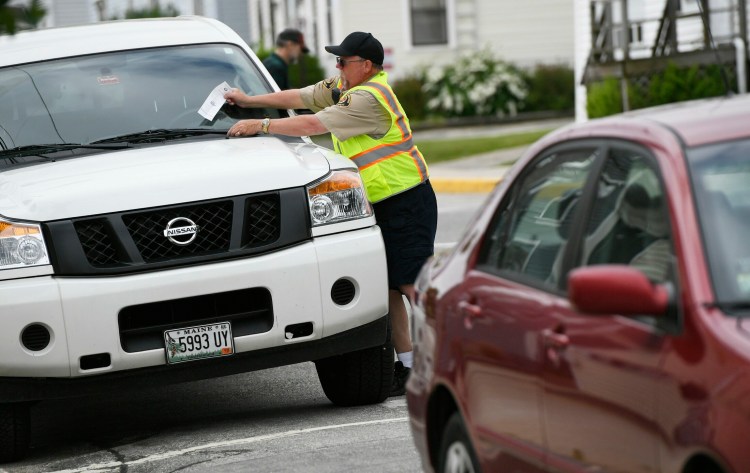While downtown business districts all over America are fighting to attract customers, Biddeford is booming.
An attractive mix of affordable housing and fun things to do has delivered demographic pay dirt. Biddeford has a young population in a state that is rapidly aging, putting it in a position to give investors the things they most want – a ready-made workforce and customer base.
But every success comes with its own problems. In Biddeford, it’s the always-hot topic of parking.
The issue arises because of the very moderate and reasonable parking policy being implemented by the city government, designed to promote turnover in high-value parking spaces while raising money to maintain downtown streets and city-owned parking lots. On-street parking would still be free, but time limited. Public lots would charge for most spaces, either by the hour or the month.
But businesses that have benefited from years of no-cost parking for their employees and customers don’t want to give it up. Residents have circulated a petition, and called for a City Council meeting demanding the restoration of free parking.
But there’s no such thing as free parking – just a dispute over who should pay for it.
We have been trained to believe that parking places are nothing – that they are not real estate or infrastructure, just empty spaces between streets and buildings, waiting for us to leave our car.
When you look more carefully, however, every parking space is a very valuable piece of property. Depending on the local land costs, it takes between $5,000 to $10,000 to build one surface parking space, and between $25,000 and $50,000 to build a single space in a garage. So, municipalities are either spending money or forgoing income when they designate acres of their valuable downtown property for parking.
Cities have to negotiate a difficult balance. A parking space delivers an important public benefit by making it practical to use a car. But that utility comes at a price, and cities like Biddeford are right to be looking at public parking as a scarce resource that should be expended wisely. Sometimes the response to a parking shortage is to create more parking spaces, but that can’t be the only response.
In his 2005 book “The High Cost of Free Parking,” UCLA planning professor Donald Shoup recommends charging fair market rates for public parking and spending the money collected for neighborhood improvements. His recommendations go beyond what’s being implemented in Biddeford, and include the elimination of zoning requirements for off-street parking, which he calls “a fertility drug for cars.” His argument is that drivers will be more thoughtful about their decisions if the real costs of driving are not hidden from them, and that will lower congestion and demand for parking.
Biddeford’s policy is a measured step in the right direction. Meanwhile, residents should be happy. They have the kinds of problems that arise only when things are good.
Send questions/comments to the editors.



Comments are no longer available on this story